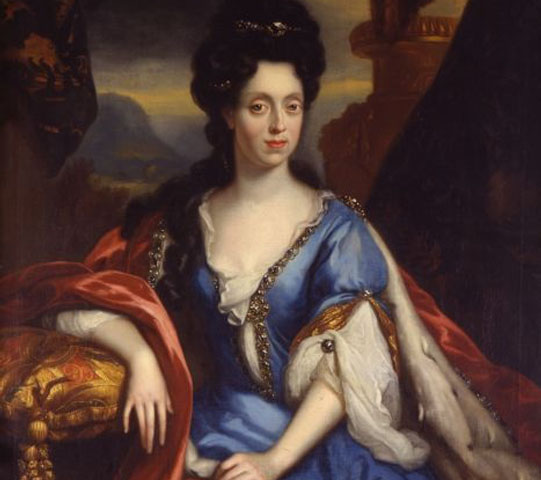
The Medici family name is well known in Florence and throughout the world. The House of Medici was a banking family, a political dynasty, and later a royal house that began gaining prominence under Cosimo de’ Medici in the Republic of Florence during the late 14th century. The Medici produced four popes and two regent queens of France and, in 1531, became hereditary Dukes of Florence.
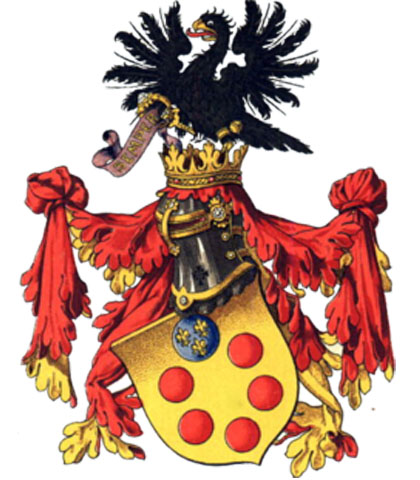
For centuries Florence flourished under the Medici rule; it enjoyed great wealth fostered by the Medici Banks, one of the most prosperous and most respected institutions in Europe; it also flourished artistically through an environment of art and humanism that the family nurtured and fostered, which indeed inspired the birth of the Italian Renaissance. One could say that Florence owes quite a bit of its fame and notoriety over the years to the powerful Medici family.
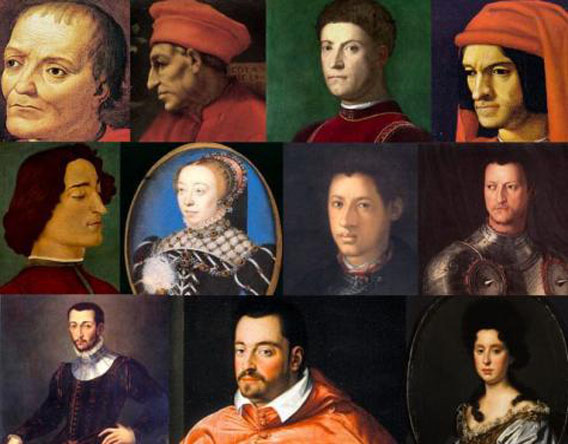
But it seems all good things one day must end, as did the Medici dynasty in the mid-1700s. Hard to believe that such a powerful family could wither and fade, but by 1743 Anna Maria Luisa de Medici Dowager Electress Palatine, the last remaining Medici, died of “oppression on the breast” (as written in a letter by Sir Horace Manna, a British resident in Florence). Various theories have been bandied about that Anna Maria died at 75 from either syphilis contracted by her husband or from breast cancer after a long and painful battle with the disease. Poor woman! What a way to go!
Ironically it took the raising of her bones in February 2013 to put to rest the rumors that she had died from syphilis. No signs of late-stage syphilis were detected. Thanks to a jar of her entrails that was buried along with the corpse in the Medici tradition, analysis is still being carried out regarding other likely causes of death.
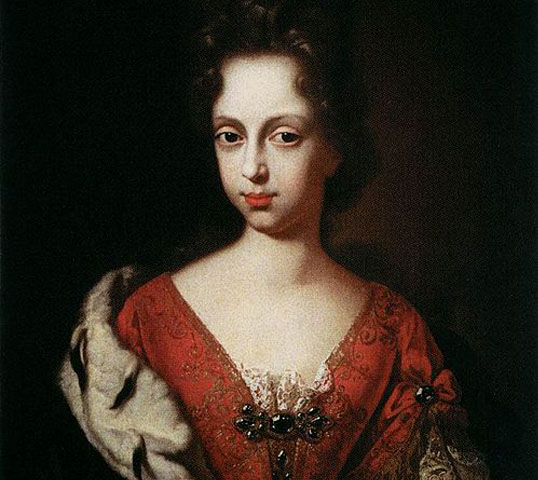
If you ask me, the “oppression on the breast” that Anna Maria died from was the knowledge that with her died the last traces of the powerful Medici clan. Such a sad situation, but fortunately, this story has a happy side. Anna Maria was a patron of the arts like her relatives and a clever-clever woman! Florence continues to be a real treasure trove of art thanks to the work of the last member of the Medici family.
Florence kept her treasures intact, and sixteen years after Anna Maria de’ Medici’s death, the Uffizi Gallery, built by Cosimo the Great, was opened to the public. Before dying, the last thing Anna Maria did was to create what is known as the “Family Pact.” This act protected and restricted the vast majority of art that is now in the Uffizi Gallery, Pitti Palace, Palazzo Vecchio, the Laurenziana Library, Magliabecchiana library, Palatine library, and a large chunk of the Bargello to remain in Florence.
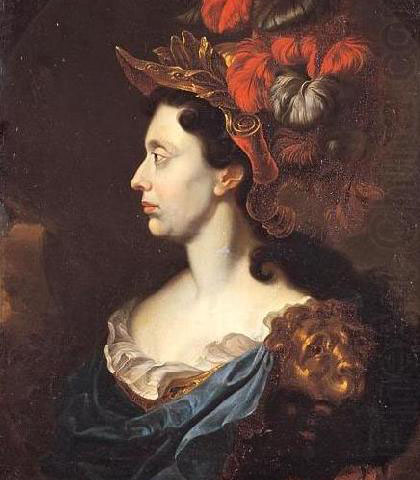
This act single-handedly saved the immense artistic patrimony collected by the Medicis over three centuries; all Medici art remained together in Florence instead of succumbing to the fate of other Italian ducal estates that had to sell their treasures to European buyers, dispersing their collections all over the world.
Now every year on the anniversary of her death, Florence celebrates Anna Maria de Medici with a special procession. I’m sure the city realizes it would be a mere shadow of its present-day self without its spectacular art patrimony. So I think it quite lovely, incredible actually, that Florence, after almost 300 years, continues to pay tribute to the woman who saved her family’s collection and bequeathed it to the city so it could continue to flourish and prosper.
Anna Maria de Medici may have died with a heavy heart to be the last of the Medici line. However, despite being childless, she still very cleverly found a way to leave the world a lasting gift, thus ensuring the continuation of the Medici name. By bequeathing to the city of Florence the Medici’s immeasurable artistic heritage, she made sure that the Medici name would live on forever through the art that the family nurtured and encouraged since the time of Cosimo for generations to come.
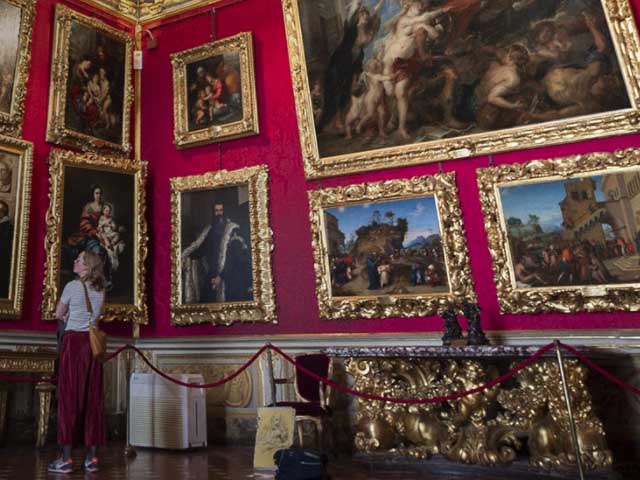
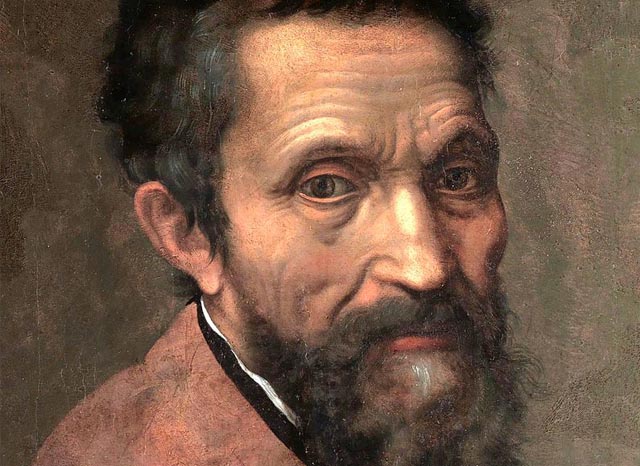

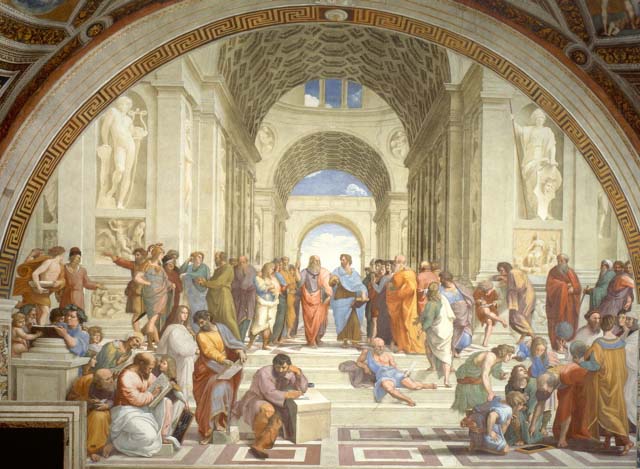
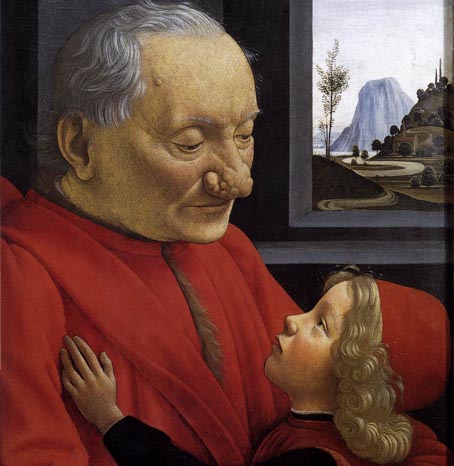

Thank you Melissa! I hadn’t ever heard about this. What a wonderful story!